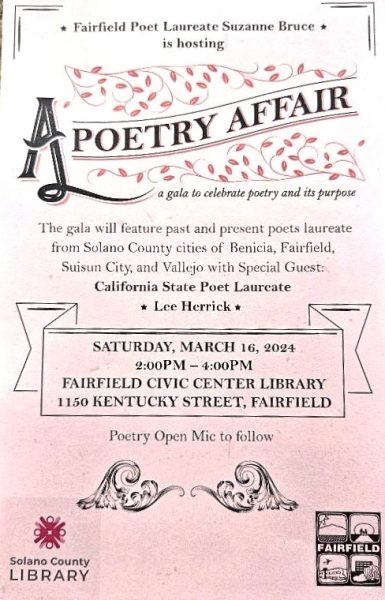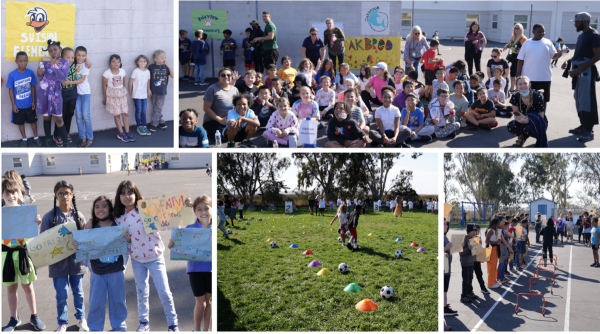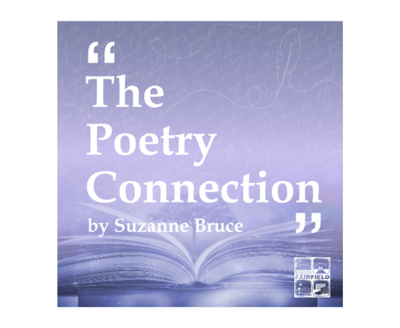City Nature Challenge records over 1,690,000 wildlife observations in a weekend

More than 67,000 community scientists participated in the Challenge, contributing valuable biodiversity data from around the world.
SAN FRANCISCO, CA (May 9, 2022) — In its seventh year, the annual City Nature Challenge—one of the world’s largest community science events—has surpassed 1,690,000 wildlife observations for another record-breaking year! Over the four-day event held last weekend, more than 67,000 people across six continents participated however they could—from attending local wildlife surveys to finding the species in their own homes—to document the wondrous diversity of wild plants, animals, and fungi that share our planet using the free mobile app iNaturalist. From observations of critically endangered and elusive species to sightings of species outside of their known ranges, the City Nature Challenge underscores the power of community science in tracking real-time changes in our planet’s biodiversity—especially in urban areas.
Started in 2016 by the California Academy of Sciences and the Natural History Museum of Los Angeles County as a friendly competition between San Francisco and Los Angeles metro areas, the Challenge has expanded to over 445 cities across 47 countries. This year’s Challenge broke every previous record, tallying over 1,690,000 observations; engaging more than 67,000 observers; and recording over 50,000 species worldwide, including over 2,200 rare, endangered, or threatened species. The highest number of observations were tallied in La Paz, Bolivia, where over 4,000 participants made more than 130,000 observations during the Challenge weekend! This year’s Challenge was made possible by the hundreds of individuals and partner organizations around the globe who empowered their respective communities to safely explore nature in their neighborhoods.
“Biodiversity research tends to focus on untouched places, so cities are often overlooked scientifically,” says Alison Young, co-director of Community Science at the Academy and co-founder of the Challenge. “Observations made during the Challenge provide critical insights into the biodiversity of urban environments, allowing us to make more informed conservation and land management decisions.”
See below for highlights for this year’s City Nature Challenge.
San Francisco Bay Area by the numbers
- Over 31,200 observations submitted to iNaturalist
- More than 2,000 observers
- Contributors averaged 15 observations
- More than 3,000 species documented
- Most observed species: Ithuriel’s spear (Triteleia laxa)
San Francisco Bay Area highlights
Highlights from around the Bay Area include a glow-in-the-dark scorpion, a dancing trio of black-necked stilts, a vulnerable and endemic species of lichen, two urban coyotes—one with a set of ear tags—strolling through Golden Gate Park, an endangered foothill yellow-legged frog, and the remarkably well-camouflaged Blainville’s horned lizard.
World by the numbers
- More than 1,690,000 observations submitted to iNaturalist
- Over 67,000 observers
- Contributors averaged 25 observations
- Over 50,000 species documented
- Most observed species: Common dandelion (Taraxacum officinale)
World highlights
Highlights from around the U.S. and the world include a patriotic pair of scissor-tailed flycatchers in Texas, a whiskered tern diving for a snack in Hong Kong, a male moor frog sporting its breeding hues in Russia, a bloom of blue blubber jellyfish off the coast of Sydney, a giant squid stranded on South Africa’s Western Cape, New Zealand’s largest endemic sea slug, a brilliant blue pixie’s parasol mushroom in Australia, a red squirrel hard at work in Canada, a carnivorous and critically endangered round-leaved sundew in Tennessee, a plump and proud cape fur seal in Cape Town, and a robber fly making a meal out of an unlucky wasp in Brazil.
“Strengthening our connection to nature and each other is at the heart of the City Nature Challenge, and we’re thrilled to see just how many people share the same excitement and curiosity for their local wildlife,” Young says. “We often think we have to go far to see nature, but all we really need to do is step outside.”









